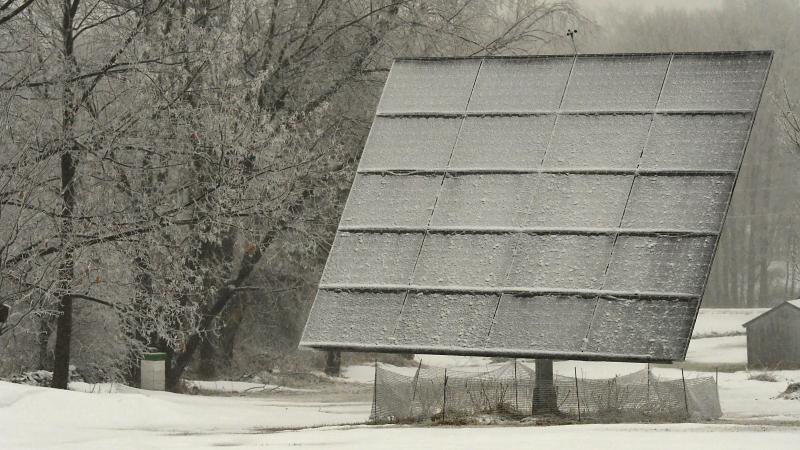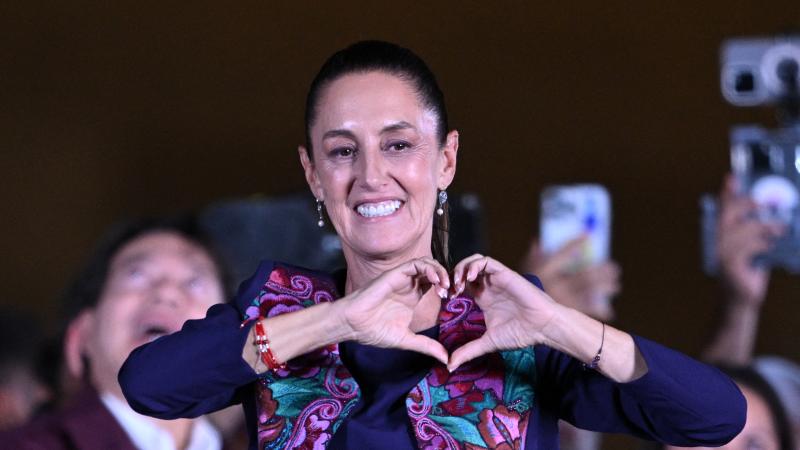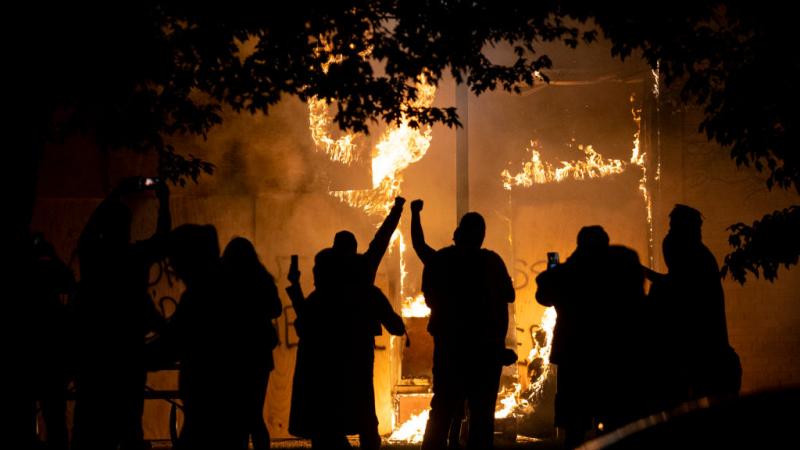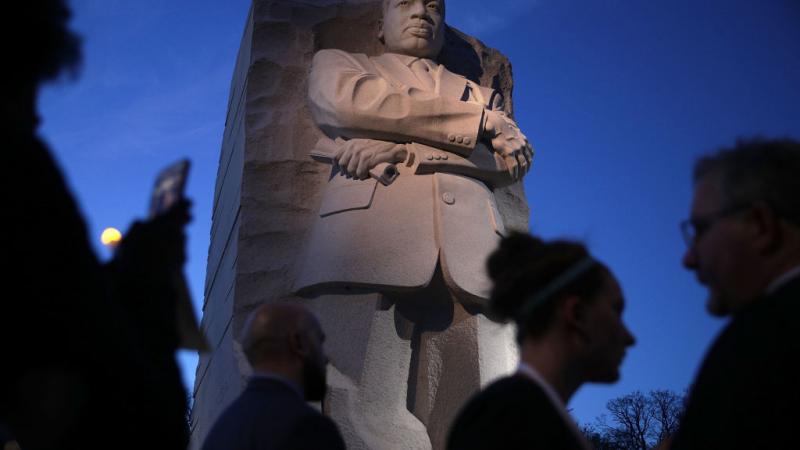New pro-nuclear documentary warns of America’s increasingly fragile electricity grid
“Now that it's done, I'm really happy that it's out because we are weakening our electric grid with a lot of terrible policies,” the documentary's co-producer, energy expert Robert Bryce said.
After energy expert Robert Bryce produced “Juice: How electricity explains the world” in 2019, he decided he was done making documentaries. “This process takes too long. It costs too much. There's too much friction. I'm not going to do it again,” he told Just The News he thought at the time.
Then, in February 2021, Winter Storm Uri descended upon the U.S. The Texas grid couldn’t keep up with the power demands that were placed upon it, and many people in the Lone Star state, including Bryce, found themselves sitting in the dark with no heat. “We got blacked out in Austin. My wife Lauren and I did for 48 hours,” Bryce said.
He learned later just how close the Texas grid came within a few minutes of total failure.
With some support from friends and colleagues, Bryce and his co-producer Tyson Culver set out to produced a followup to the 2019 documentary, “Juice: Power, politics and the grid,” which was released free to the public to view on YouTube this week. “Now that it's done, I'm really happy that it's out because we are weakening our electric grid with a lot of terrible policies,” Bryce said.
The five-part documentary begins with the Texas blackout and its causes, which grid expert and author Meredith Angwin calls the “fatal trifecta.” That’s an overreliance on wind and solar, over-reliance on natural gas and imports from neighboring regions.
Angwin, who gave one of the 30 interviews conducted through the series, explains that wind and solar are weather-dependent, meaning they can shut off at any moment, including when power is needed the most.
Natural gas is largely a “just in time” energy source, meaning it's not easily stored and supplies can be easily interrupted, especially during cold snaps when demand is high. Finally, relying on neighbors only works if they have surplus to export. With utilities across the country following similar green energy policies, shortages are becoming common and surpluses becoming rarer.
The series then reaches back to the days of Enron and evolution of energy policy that eventually led to the state the grid is in today.
The series goes on to recount the experience of the Osage tribe in Oklahoma. In 2011, Enel Green Power filed for a permit to build a wind project on the Osage tribe’s traditional land. From the start, the tribe objected over concerns it would impact traditional burial sites.
A legal fight followed concerned the tribe’s mineral rights, which grant the tribe control of the rock, oil, gas or any resource beneath the surface. Enel’s excavations, which are around 30-feet deep, to build the foundation for the wind turbines intruded upon the minerals the tribe owns. The Bureau of Indian Affairs determined the excavations did not have the proper mining permits from the tribe, and Enel ignored the order and built the wind farm anyway.
In December, the tribe’s legal efforts finally paid off, and a federal judge ordered Enel to remove the wind towers. The company said it plans to appeal the decision.
Bryce explains in “Juice,” that aside from opposition from Native American tribes, local opposition to renewable energy projects is a major impediment to the growth of renewable energy. There are also major technical, financial and political barriers that the documentary argues makes intermittent wind and solar ineffective at reducing emissions and providing energy for the future.
The series also examines the potential for nuclear energy, starting with the political opposition that grew out of the 2011 Fukushima disaster. In interviews with nuclear advocates, the documentary argues the energy source is safe, that nuclear waste is not an unmanageable problem, and that nuclear energy, which doesn’t produce carbon dioxide emissions, has much more potential to reach net zero emissions than wind and solar.
Finally, the last episode looks at the European experience with green energy. Throughout the 1970s and 1980s, European countries phased out nuclear energy, pinned a lot of hope on wind and solar, and became very reliant on Russian natural gas to back up its wind and solar portfolio.
When Russia invaded Ukraine, the documentary argues, the folly of these energy policies became apparent as the countries scrambled to secure supplies of natural gas — at considerable expense to ratepayers. John Constable, director of the Renewable Energy Foundation, interviewed in the documentary calls the invasion of Ukraine the proximate cause of Europe’s energy problems.
“Why was the system so dangerously fragile that the invasion of Ukraine would have these sorts of consequences? And the reason for that is the 20 years of mistaken climate policies beginning in the early 2000s, which took Britain off the gas to nuclear track and committed us to renewables,” Constable ponders. The irony, Constable says, is that Europe is more dependent on fossil fuels than ever.
Bryce said that he hopes the documentary will change the conversation about energy and, perhaps, influence wiser policies. “We can help people and policymakers understand the dangers that are facing our grid. We are really playing with fire here and we ignore this fragilization of our electric grid at our extreme peril,” Bryce said.
The Facts Inside Our Reporter's Notebook
Links
- Juice: How electricity explains the world
- Winter Storm Uri
- Texas grid came within a few minutes of total failure
- Juice: Power, politics and the grid
- Meredith Angwin
- Enel Green Power
- federal judge ordered Enel to remove the wind towers
- appeal the decision
- 2011 Fukushima disaster
- phased out nuclear energy
- Renewable Energy Foundation















